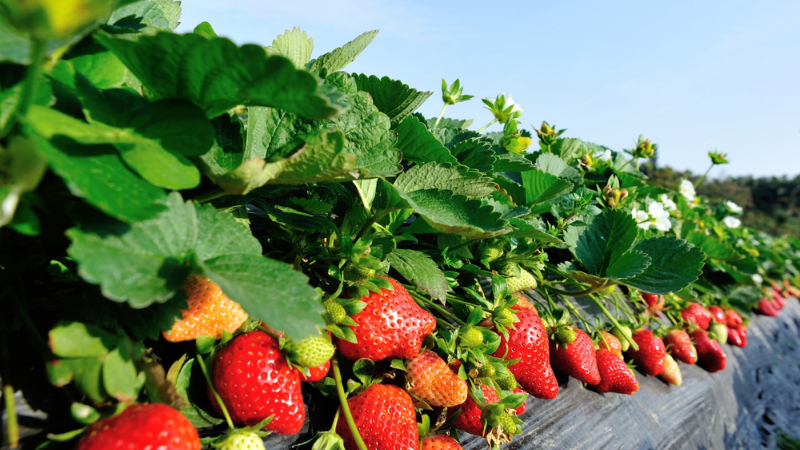Promotion Planning For Potatoes

New leadership was elected in March for the United States Potato Board (USPB). A name that has been showing up repeatedly the last few years is Sid Staunton. Coming as no surprise to many, Staunton was elected chairman for 2012.
A potato grower from Tulelake, CA, he is now serving his sixth year on the board. In 2011 Staunton was re-elected to the organization’s Executive Committee; in 2010, he served as co-chairman of the Industry Communications and Policy Committee, and previously he served as the Chairman of the USPB’s Finance Committee.
Staunton is a third-generation potato grower and has been involved in producing and marketing potatoes for more than 30 years. With his brothers, he farms on 5,000 acres, producing fresh market Russets, organic Russets, Klamath Pearls, and red potatoes. The family farm also grows wheat, barley, onions, alfalfa, and peppermint. Staunton also is president of Cal-Ore Produce, which packs 1.4 million cwt. per year of russet potatoes (including organic russet potatoes).
American Vegetable Grower had a conversation with Staunton to find out what his plans are as chairman of USPB and where he hopes the organization will be in the future.
Q1 What are your main goals for the coming year as the newly elected chairman of the United States Potato Board?
The Potato Board is focused on increasing demand for potatoes and potato products. We do this with long-range goals in mind: expanding markets, improving the position of U.S. potatoes, and presenting a favorable image of potatoes to the public. Foodservice accounts for more than 50% of potato sales. Restaurants are at the forefront of American food trends innovation. For the last five years, USPB has hosted an annual event at the Culinary Institute of America in Napa, CA. The top executive chefs from major restaurant chains participate. Menu items featuring potatoes have increased by 16% since the inception of the program, plus it informed consumers on new uses of potatoes.
Q2 Can you discuss the “Net Positive Attitudes” metric that was a topic at the 2012 annual meeting and how that will impact demand?
The net positive is the percentage of respondents rating potatoes “excellent” for being healthy, convenient, flavorful, and fresh. We began scoring this in 2011 and have data for 2012. The increase is 2% in one year among our target group and U.S. sample group.
Q3 What are some of the most successful tactics used to promote potatoes domestically?
We have several top programs that help increase demand for potatoes. Our research program has continued to deliver nutritional information to disprove the anti-potato myths. The website www.potatogoodness.com is a big hit and the feedback is very positive.
Retail marketing has a new outreach program that engages retailers in a face-to-face meeting where USPB shares category trends, shopper insights, and proven best practices to grow the fresh potato category.
Q4 How have potato varieties changed and evolved in recent years and how has that impacted marketing?
Potato varieties are changing. The board works with two programs: the National Fry Processing Trials (NFPT) and the National Coordinated Processing Trials (NCPT). They are fast-track programs that work with university research to develop new process varieties that have the outstanding qualities of our current process varieties with lower levels of acrylamides. In the retail and foodservice sectors, buyers have been introduced to new varieties and colors. Growers are responding with an increase in specialty varieties.
Q5 You have had experience on several USPB committees. How has the board grown and changed over the years?
The largest change has been the development of a coordinated plan for the domestic and international programs. The plan was developed and reviewed by board members, administrative committee members and the executive committee, state organizations, and the industry. We have a close relationship with the National Potato Council and the state potato commissions. The team approach helps lift the potato segment.
Q6 Where do you hope to see the USPB in 10 years?
In 10 years I would like to see the continued expansion in exports, as 94% of the world’s population live outside of the U.S. I would also like to see teamwork within the industry continue to strengthen and net negatives at less than 10% and, lastly, I’d like to see the potato declared the national vegetable.









